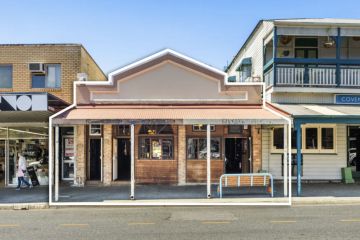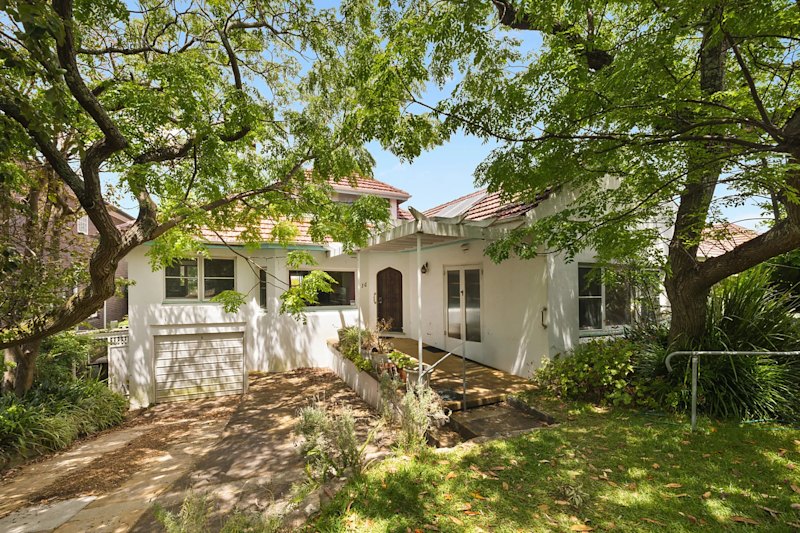Five ways landlords can find a tenant in a tough rental market

If you think it’s harder to rent out your property than ever before, you’re not imagining it.
Not only are there fewer international migrants renting due to border restrictions, but many short-term rentals have converted to long-term.
Tenants are spoilt for choice, with vacancy rates in Sydney and Melbourne continuing to rise. There were 21,800 vacant rental listings in Sydney and over 27,000 in Melbourne at the end of November.
High vacancy rates can be found in the inner-city areas of Melbourne, Sydney, Brisbane and Adelaide, as overseas migration usually makes up a large proportion of rental demand in these areas.
While rents have held up in some areas, prices in some cities have taken a downturn.
But instead of a race to the bottom, there are other ways to attract the right tenant.
1. Renovate the property while it’s vacant
Updating a tired rental property can potentially improve returns and help landlords quickly secure a tenant.
Given the new year is a typical tenant changeover period, it may be a good time for cosmetic renovation.
“Overall, there are definitely far fewer tenants right now than there was in February,” says Craig Donohue of Ayre Real Estate in inner Sydney.
He suggests that investors take the opportunity to upgrade the apartment while it’s empty.
“It’s never been a better time to freshen up paint or carpet. Normally, you’d have to designate a vacancy, whereas at the moment since the property is vacant you may as well do that,” he says.

2. Choose the right leasing agent
Selling and leasing properties require a very different skill set. Leasing consultants are experienced in the rental market and know what tenants are after. Look for real estate agents who know your area.
“Securing the right agent certainly will aid in leasing and managing your home sooner than later,” says Grace Pugliese, rental department director at Barry Plant, Gladstone Park in Melbourne.
3. Invest in stronger marketing
Prospective tenants are inspecting properties from the comforts of their lounge room before hitting the streets. The better a home is digitally presented, the quicker it is to rent.
“We’re noticing at the moment, prospective tenants are only looking at four or five properties. So if there’s 100 available, it’s really important that not only is the marketing up to scratch, but they’ve prepared a really good advertisement,” says Donohue.
Marketing tactics usually employed for house sales are now creeping into leasing.
“Invest in professional photography and video tours of the home so your listing stands out from other properties,” says Pugliese.
4. Pivot your target market
Many people have faced changing situations this year, and a property they may have never considered living in the past may be more attractive to them now. Some renters may want to downsize, upsize to include an office, or live closer to amenities.
“We’ve seen a shift from people who wouldn’t have looked in the city, now looking in the city because the rents have come down,” says Donohue. “All of a sudden, it’s an attractive option. Prior to this, they may have been priced out of this market.
“We’ve seen an uplift in local tenants, whereas previously we’d rely heavily on corporate workers and international students, the people who just aren’t here right now.”

5. Listen to constructive feedback
Find out what tenants are looking for. If it’s reasonable and easy to fix, now is the time to make those changes.
“Review the property’s inquires and interest regularly to monitor if it’s receiving positive feedback and interest,” Pugliese says. “If not, then act quickly to make changes to elements such as the presentation of the property or price.”
We recommend
States
Capital Cities
Capital Cities - Rentals
Popular Areas
Allhomes
More
- © 2025, CoStar Group Inc.










